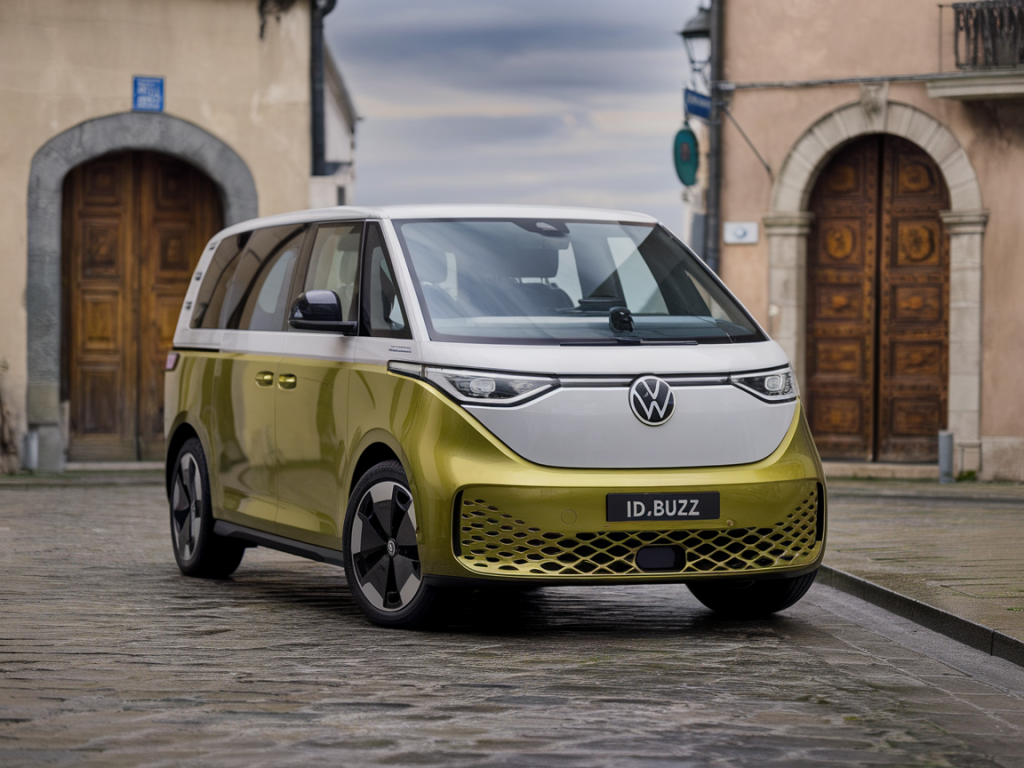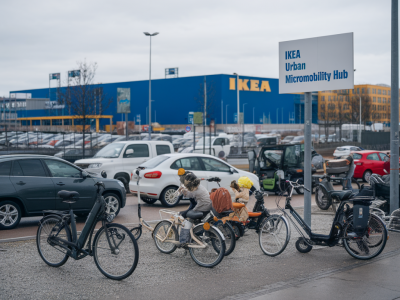
There’s something magical about seeing the Volkswagen ID.Buzz on the road for the first time. For me, it was both a moment of nostalgia and an invitation to think differently about mobility’s future. The ID.Buzz is more than just a modern iteration of the iconic VW Microbus—it’s a bold statement that style, sustainability, and sentimentality can coexist in today’s transport landscape. And the buzz (pun completely intended) around this electric van reveals key insights into where we’re heading when it comes to eco-conscious, design-forward mobility.
Reimagining Icons for a Greener Tomorrow
Volkswagen isn’t the first brand to dig into its archives in search of inspiration, but what makes the ID.Buzz stand out is how deliberately it marries heritage with forward-thinking design. As someone who has spent years analyzing trends in sustainable mobility, I find the ID.Buzz fascinating because it doesn’t rely solely on technology to appeal to consumers—it taps into emotion, memory, and culture.
This is a vehicle that makes sustainability desirable, even joyful. For decades, going “green” has often been portrayed as a selfless or even sacrificial act. The ID.Buzz flips that narrative on its head by suggesting that driving electric can be fun, beautiful, and expressive. And isn't that what we need more of in the EV space?
Sustainable Mobility Shouldn’t Be Boring
Let’s be honest: many electric vehicles—especially in their earliest iterations—have emphasized efficiency at the expense of personality. We've endured too many uninspired silhouettes and sterile interiors. But the ID.Buzz reminds us that low emissions and high aesthetics aren't mutually exclusive.
With its retro-futuristic design, spacious interior, and bright color palettes, the ID.Buzz invites people to fall in love with driving again—but this time, without the emissions. As an urban planner and mobility writer, I've noticed how aesthetics help shape public perception of new technologies. Design can be a powerful tool for change, especially when it turns heads and sparks conversations.
A Family Vehicle Reimagined
Many families today are seeking alternatives to traditional MPVs that are more aligned with their environmental values. The ID.Buzz steps into this space with confidence. Whether you're a parent looking for space and safety, or a digital nomad dreaming of road trips with a built-in mobile office, the vehicle manages to meet surprisingly diverse needs.
Inside, it’s intuitive and spacious. The flat floor and configurable seating allow for a versatility that’s rare in electric vehicles. And let’s not forget the sustainability of the interior itself: materials used within the ID.Buzz include recycled plastics and leather-free upholstery. These small details matter—they're part of what makes this van a true symbol of holistic sustainability.
The Tech that Drives it Forward
Of course, the real test of any EV lies in its performance and technology. The ID.Buzz is built on Volkswagen’s Modular Electric Drive Matrix (MEB), the same platform that underpins other models in the ID family. With a real-world range of around 250 miles and rapid charging capability (up to 80% battery life in about 30 minutes), it holds its own among mid-sized electric vehicles.
It also integrates several smart features, from adaptive cruise control to voice-activated digital assistants. These aren't just gimmicks—they’re core elements of the evolving driver experience in the era of digital mobility. With OTA (over-the-air) updates, the ID.Buzz gets smarter over time, reducing the need for physical upgrades and further supporting sustainable consumption models.
Urban Accessibility Meets Long-Distance Comfort
We often talk about city vs. country when it comes to electric vehicle usability. The ID.Buzz proves it can comfortably straddle both. With its compact turning radius and intelligent parking systems, it feels perfectly at home on tight urban streets. But dimensionally, it offers enough legroom and storage to take on road trips, even with a family of five plus a dog in tow.
One of my favorite features is the vehicle-to-load (V2L) capability, which essentially turns your van into a mobile power station. On a recent test drive, I saw people use the ID.Buzz to plug in e-bikes, laptops, and even a small coffee machine while picnicking in the countryside. It’s not just a vehicle—it’s a lifestyle ecosystem.
EV Culture is Changing, and the ID.Buzz is Proof
I believe the rise of the ID.Buzz marks a shift in how we think about electric vehicles culturally. EVs are no longer just utilitarian machines for the eco-conscious elite. They’re becoming tools for storytelling, identity, and even play. And when a vehicle elicits smiles and waves like the ID.Buzz does, that tells me something powerful—that public sentiment is shifting.
In my own conversations with readers and mobility experts, it’s becoming clear that people crave more than just range stats or torque data when choosing an EV. We want soul. We want connection. And branding matters, too—not just in logos, but in what a vehicle chooses to represent and how it fits into our lives.
What the ID.Buzz Teaches Us
So, what can this electric homage to the sixties teach us about modern sustainable mobility? Here are a few lessons I’ve taken from it:
- Storytelling matters: Vehicles like the ID.Buzz invite people into the EV conversation by evoking memory and emotion.
- Good design is good for sustainability: When an EV looks and feels good, people are more inclined to embrace change.
- Function doesn’t have to mean compromise: With smart interiors and tech-forward features, families and professionals alike can find real value in sustainable vehicles.
- Sustainability is personal: Drivers want mobility solutions that align with their identity—not just their commute.
The ID.Buzz serves as a joyful reminder that sustainability should feel exciting and aspirational, not limiting. For me, it represents the start of a new chapter in the electric mobility story—one that embraces beauty, fun, and a bit of rebellion, all while rolling us gently toward a cleaner future.
